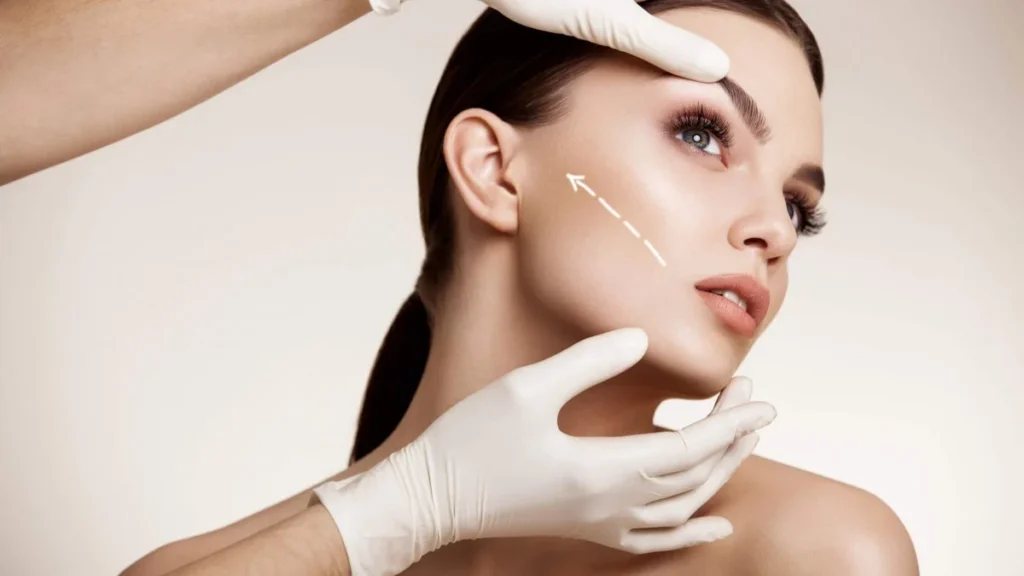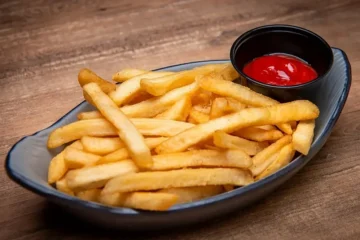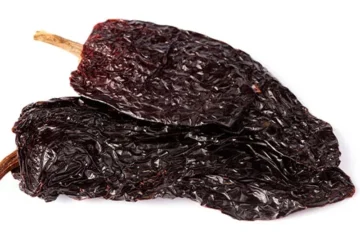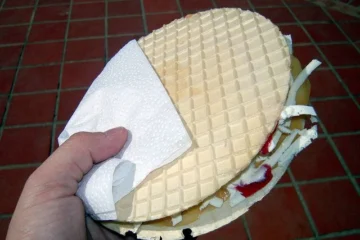Bichectomia, also known as the removal of Bichat bags, has become a popular trend in cosmetic surgery. This procedure is increasingly sought after by celebrities and individuals aiming to reduce cheek volume and achieve a more refined facial appearance. With its rising demand, bichectomia is now considered one of the most prominent cosmetic treatments.
What is Bichectomia?
Bichectomia is a surgical procedure designed to remove the Bichat fat pads located beneath the cheekbones. These fat pads contribute to the roundness of the cheeks, which can be more prominent in some individuals. By removing them, the procedure enhances facial contours, resulting in a slimmer, more sculpted look. This minimally invasive outpatient surgery typically lasts about 30 to 45 minutes and is performed under local anesthesia. Recovery is usually quick, with patients resuming normal activities shortly after.

Who is a Candidate for Bichectomia?
Bichectomia is best suited for individuals with round faces or prominent cheeks who want to refine their facial features. It is particularly effective for those whose cheek fullness persists despite weight loss. While the procedure is popular among women aged 25 to 35, men in the same age group also seek bichectomia to enhance their facial definition. However, it is not recommended for individuals with elongated faces or minimal cheek volume, as it could lead to an aged appearance over time.
How is the Procedure Performed?
A little incision is made inside the mouth, usually close to the second upper molar, during the bichectomia operation. Through this incision, the surgeon carefully removes the Bichat fat pads. There are no visible scars because the incisions are made internally. The procedure is quick, with most surgeries completed within 30 minutes. Local or general anesthesia may be used, depending on the surgeon’s preference and the patient’s comfort level.
How to Pick the Appropriate Bichectomy Surgeon
When considering a bichectomy, selecting the right surgeon is one of the most crucial steps to ensure a successful and safe procedure. Your surgeon should be a certified professional with extensive experience in facial anatomy and cosmetic surgery. Plastic and aesthetic surgeons are particularly qualified for bichectomy procedures due to their expertise in the anatomy and functionality of the face and neck.
To build trust and confidence in your chosen surgeon, ask to see before-and-after photos of their previous bichectomy procedures. Address all your questions and concerns with the specialist during the consultation. A reputable surgeon, along with their team and facility, should provide a sense of professionalism, safety, and comfort.
Types of Bichectomy Procedures
Internal Medical Approach (Intraoral)
The intraoral method is the most common technique for performing a bichectomy. This approach involves a small incision in the oral mucosa, typically near the upper part of the second premolar. The procedure requires local anesthesia and rarely necessitates stitches.
Why Consider a Bichectomy?
Bichectomy is ideal for individuals seeking to enhance their facial contour. It is particularly beneficial for those with a round face who wish to highlight their cheekbones, refine facial features, elongate the face, and achieve better facial harmony.
This procedure is also suitable for people with a naturally full face, often due to genetic predisposition, who have difficulty slimming their face even with diet and exercise.
Post-Operative Care for Bichectomy
- Pain Management
Bichectomy is not typically a painful procedure. Any discomfort can be effectively managed with prescribed painkillers. - Diet Recommendations
A liquid diet is advised for the first two days post-surgery, followed by soft foods. Avoid solid foods initially to reduce the risk of infection. - Cold Compress
Applying cold packs or ice to the cheeks can help minimize pain and reduce swelling. - Oral Hygiene
It is essential to practice good dental hygiene in order to avoid illness. Use a soft cleansing rinse as recommended by your surgeon and gently clean the scar area with gauze after every meal. - Lifestyle Adjustments
Avoid alcohol, citrus fruits, and salty foods as these can increase pain and inflammation. - Inflammation and Swelling
Significant swelling and occasional numbness in the cheeks are common during the first week but will subside gradually. - Sleeping Position
To lessen swelling sleep with your head raised at a 45-degree angle. - Follow Medical Advice
Adhere closely to your surgeon’s instructions and avoid sun exposure or external irritants that could disrupt the healing process. - Monitor for Complications
Eat nutritious food to promote healing and contact your surgeon if you experience excessive swelling or any unusual symptoms.

What to Expect After Bichectomy
- Temporary Sensations
Some patients may experience reduced sensation in the treated area, but this typically resolves within days or weeks. - Swelling and Discomfort
Minor swelling and discomfort when chewing are normal. - Bruising
Slight bruising on the lower cheeks may occur, which can be alleviated with cold compresses or ice.
Fast Recovery with Proper Care
Bichectomy is known for its relatively quick recovery time. Patients who carefully follow their surgeon’s post-operative guidelines can expect a smooth healing process and optimal results.
How is a Bichectomia Performed?
Bichectomia is a common cosmetic surgery used to smooth out facial contours. It is typically performed as an outpatient surgery and takes 30 to 45 minutes. Depending on the surgeon’s recommendation and the patient’s needs, either local or general anesthesia can be used. It’s important to discuss your preferences and medical history with your surgeon to decide which option suits you best.
During the procedure, the surgeon creates a small incision, approximately 5 millimeters, inside the mouth. Through this incision, a portion of the Bichat fat pads is carefully removed. Afterward, the surgeon places one or two absorbable stitches to close the incision. Since the cut is inside the mouth, there are no visible scars, and the results appear natural.
Results of Bichectomia
A bichectomia can significantly enhance facial aesthetics by refining and elongating the face. Removing the Bichat fat pads eliminates cheek roundness, giving prominence to the cheekbones and creating a more harmonious appearance. As a minimally invasive procedure, it offers natural results with a short recovery period.
However, it’s important to note that the fat removed during a bichectomia cannot be replaced. While techniques like lipofilling can restore facial volume using the patient’s fat, these are separate procedures.
Risks and Potential Complications
Although bichectomia is generally safe, some risks and complications may arise, albeit rarely:
- Anesthesia-Related Risks
As with any surgical procedure, complications related to anesthesia may occur. - Facial Nerve Injury
The Bichat fat pads are located near facial nerves, so improper handling can lead to nerve damage or facial paralysis. - Salivary Duct Injury
Incorrect technique may damage the ducts that transport saliva from the parotid gland to the mouth.
To minimize risks, ensure that your procedure is performed by a board-certified plastic surgeon with expertise in oral cavity surgeries and thorough knowledge of facial anatomy. A facility that has received accreditation should perform the procedure.
Diet After Bichectomia
Adhering to a post-operative diet is vital for recovery:
- Initial Days
Stick to a liquid diet immediately after surgery to avoid exerting pressure while chewing. - Soft Foods
As healing progresses, your surgeon will advise transitioning to soft foods. - Hard Foods
Avoid hard or crunchy foods until you’ve fully recovered to prevent irritation or injury to the surgical site. - Oral Hygiene
Use mouthwash and maintain excellent oral hygiene to avoid infections. Avoid spitting, whistling, or any similar activities that could strain the wound.
Signs to Monitor
While some symptoms like mild swelling and slight discomfort are normal, pay attention to the following:
- Fever
A body temperature above 38°C may indicate an infection. - Persistent Swelling
If swelling doesn’t subside or is accompanied by redness, consult your surgeon promptly.
Maintaining open communication with your surgeon is essential to minimize risks and address concerns during recovery.

Key Benefits of Bichectomia
Bichectomia offers a range of advantages for individuals looking to improve their facial contour:
- Enhanced facial harmony and aesthetic appeal
- Improved cheekbone definition
- Increased self-confidence
- No visible scars due to intraoral incisions
- Fast recovery time with minimal downtime
Conclusion
Bichectomia is a transformative cosmetic procedure designed to enhance facial contours by reducing cheek volume and highlighting cheekbones. Its minimally invasive nature, combined with natural results and a quick recovery time, makes it an excellent option for those seeking a more refined and harmonious facial appearance.
To ensure optimal results and minimize risks, it’s essential to choose an experienced, board-certified plastic surgeon and strictly follow post-operative care guidelines. By doing so, you can achieve your aesthetic goals and boost your self-confidence with this simple yet impactful procedure.
If you’re considering bichectomia, consult with a qualified professional to discuss your needs, expectations, and suitability for the surgery.
FAQs About Bichectomia
1. What is bichectomia?
Bichectomia is a cosmetic surgical procedure that removes excess fat pads (Bichat fat pads) from the cheeks to enhance facial contours, slim the face, and highlight the cheekbones.
2. Who is a good candidate for bichectomia?
Ideal candidates are individuals with round or full faces who wish to achieve a slimmer and more defined facial appearance. It is not recommended for people with elongated faces, minimal cheekbone definition, or sagging skin.
3. How long does the procedure take?
Bichectomia typically takes about 30–45 minutes and is performed on an outpatient basis.
4. What type of anesthesia is used for bichectomia?
The procedure can be performed under local or general anesthesia, depending on the patient’s needs and the surgeon’s recommendation.
5. Are there visible scars after bichectomia?
No, there are no visible scars. The incisions are made inside the mouth, ensuring a discreet and natural result.
For Get More Information Thezvideo.




